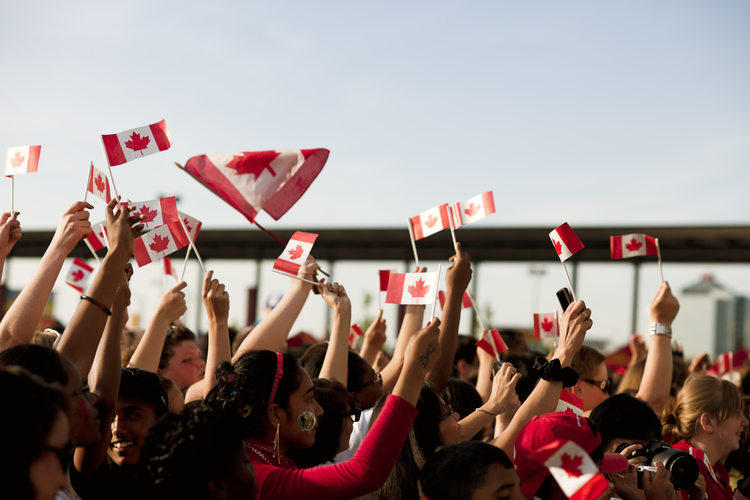Historic Disputes Between the USA and British Canada: The Battle of 1812
The Most Common Mistakes People Make With The best kitchen cabinets are designed to maximize space and improve organization…
25 mayo, 202510 Things We All Hate About can accelerate product development and ensure precision in early-stage production…
25 mayo, 2025Historic Disputes Between the USA and British Canada: The Battle of 1812
The relationship between the USA and Canada is commonly commemorated as one of the longest-standing peaceful borders in contemporary history. Nevertheless, prior to Canada’s Confederation in 1867, stress in between the U.S. and British The United States And Canada (the regions that would certainly later form Canada) culminated in armed problem throughout the War of 1812. This war, combated between 1812 and 1815, mostly included the United States and the United Kingdom, with British Canadian swarms and Indigenous countries playing substantial functions.
Historic Context
By the early 19th century, the U.S. looked for to increase its area northward, while Britain, engaged in the Napoleonic Wars in Europe, enforced profession restrictions and naval clogs that outraged American vendors. Additionally, the British Royal Navy’s practice of “impressment”– forcing American seafarers into British service– sustained bitterness. Aboriginal countries, led by figures like Shawnee leader Tecumseh, withstood U.S. westward expansion, creating partnerships with British Canadian forces.

The Episode of War
In June 1812, the U.S. declared war on Britain, citing complaints over maritime rights and territorial aspirations. The problem mostly happened along the U.S.-British North American frontier, fights surged across the Great Lakes area, the Niagara Peninsula, and the Atlantic shore. Secret involvements consisted of:
- The Capture of Detroit (1812 ): British Major General Isaac Brock and Tecumseh’s pressures secured an early victory by besieging Fort Detroit, forcing its surrender.
- The Burning of York (1813 ): united state soldiers raided York (contemporary Toronto), damaging public structures, an act later retaliated by British pressures’ burning of Washington, D.C., in 1814.
- The Battle of Queenston Heights (1812 ): A united state intrusion attempt near Niagara Falls was fended off, though Brock was eliminated at work.
- The Fight of Lundy’s Lane (1814 ): Among the bloodiest clashes, combated near Niagara Falls, finished inconclusively yet halted united state advancements.
Indigenous Involvement
Aboriginal partnerships were vital to British Canadian protection. If you have any issues regarding where by and how to use can canadian travel to usa Right now, you can get in touch with us at the internet site. Tecumseh’s confederacy combated alongside British troops, intending to maintain Native sovereignty. His fatality in 1813 at the Fight of the Thames (Ontario) weakened this coalition, changing the war’s characteristics.
The Battle mixed-up
Naval battles on the Great Lakes verified critical. The united state protected control of Lake Erie in 1813 after Captain Oliver Threat Perry’s success, enabling developments right into Upper Canada. Meanwhile, British clogs along the Atlantic shore suppressed U.S. trade.
The Southern Cinema and the Fight of New Orleans
In 1814, Britain released offensives in the Chesapeake Bay, causing the burning of Washington, D.C. Nevertheless, U.S. forces fended off assaults on Baltimore, motivating the “Star-Spangled Banner.” The war’s last significant battle happened in January 1815 at New Orleans, where General Andrew Jackson’s soldiers defeated British pressures– unaware that the Treaty of Ghent had already finished the war weeks earlier.
The Treaty of Ghent and Legacy
Authorized in December 1814, the Treaty of Ghent restored prewar borders, resolving none of the initial united state grievances. The war strengthened United state sovereignty, halted British support for Native resistance, and promoted a sense of unity in British North America. For Aboriginal nations, the problem marked a destructive loss of freedom.
Postwar Relations
Following the war, the U.S. and British Canada gradually demilitarized their boundary. The Rush-Bagot Agreement (1817) limited marine pressures on the Great Lakes, and the 1846 Oregon Treaty quietly fixed boundary disputes. By the 20th century, the U.S. and Canada arised as close allies, working together in NATO and NORAD.
Verdict
While the Battle of 1812 is usually eclipsed in U.S. and Canadian backgrounds, it shaped both countries’ identities. For Canada, it enhanced ties to Britain until Confederation. For the U.S., it marked completion of British territorial dangers. Today, the dispute is kept in mind not as a war in between the united state and modern-day Canada, yet as a crucial phase in the evolution of North American geopolitics.
Prior to Canada’s Confederation in 1867, stress in between the U.S. and British North America (the areas that would certainly later create Canada) finished in armed dispute during the War of 1812. Furthermore, the British Royal Navy’s practice of “impressment”– forcing American sailors into British solution– fueled bitterness. The war solidified United state sovereignty, halted British assistance for Native resistance, and promoted a feeling of unity in British North America. Complying with the war, the U.S. and British Canada progressively demilitarized their boundary. For the United state, it marked the end of British territorial hazards.
